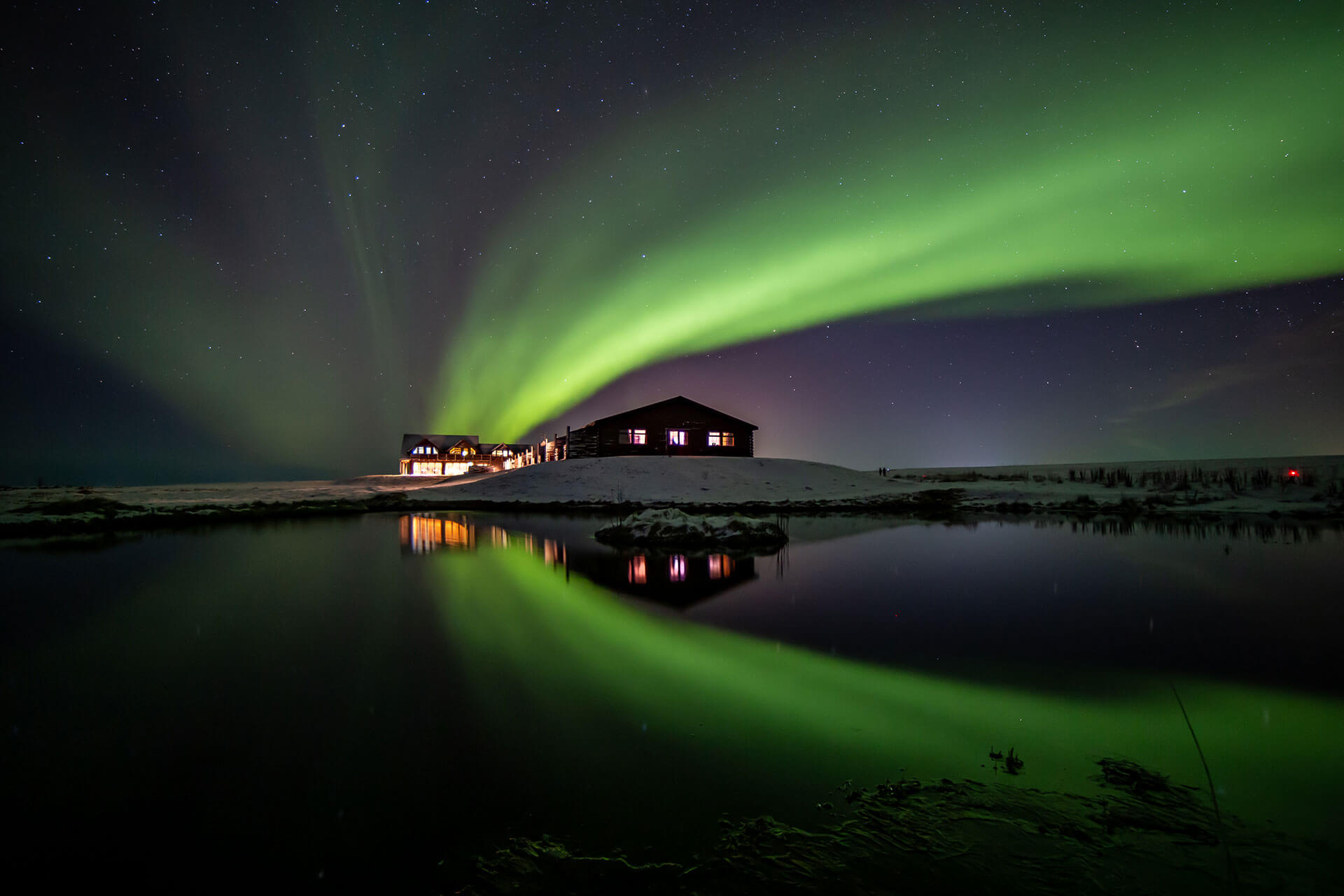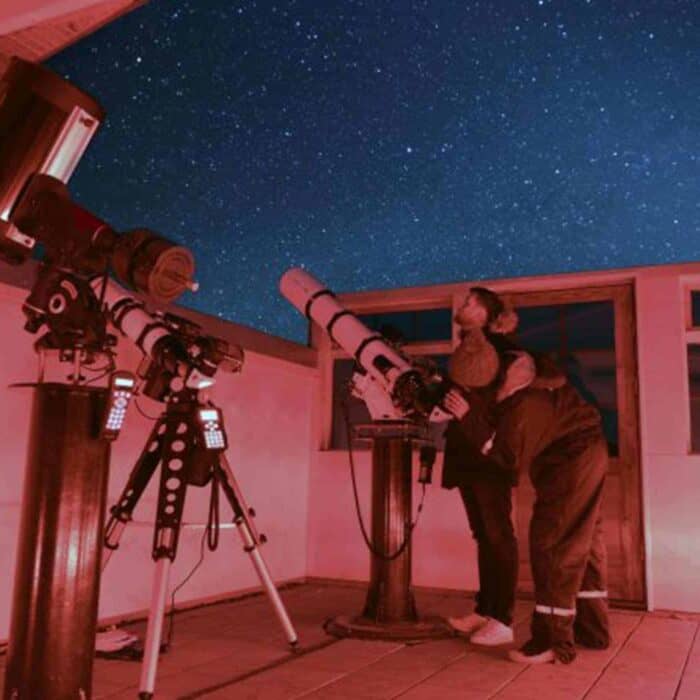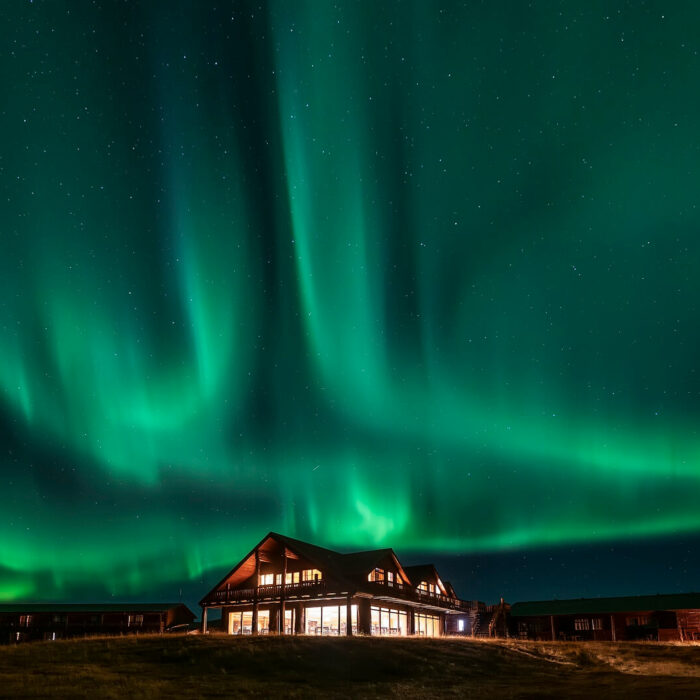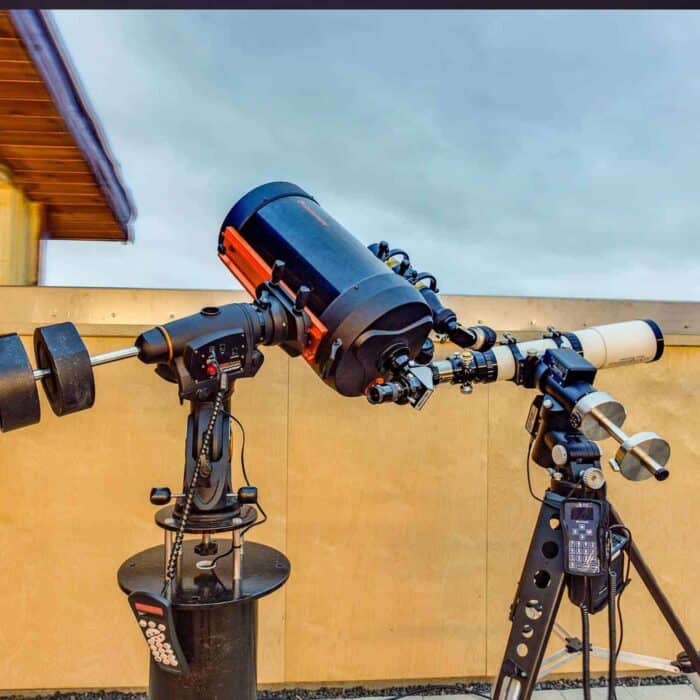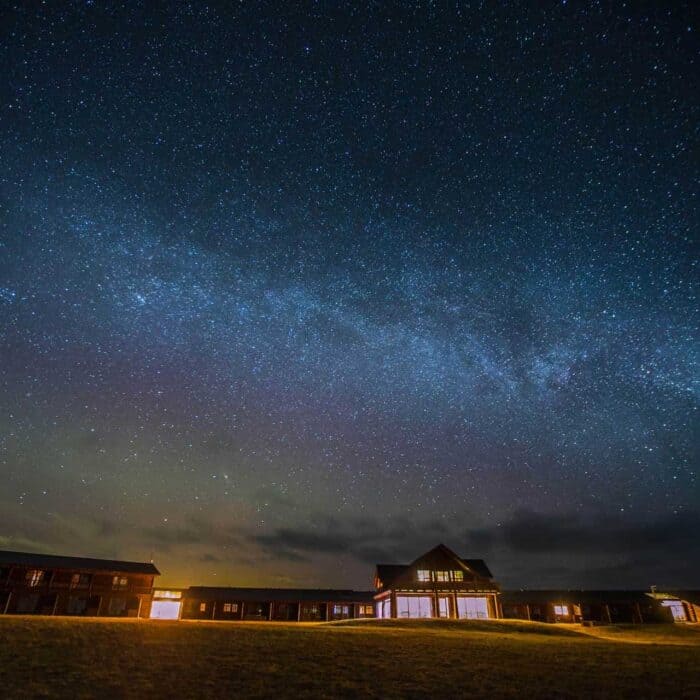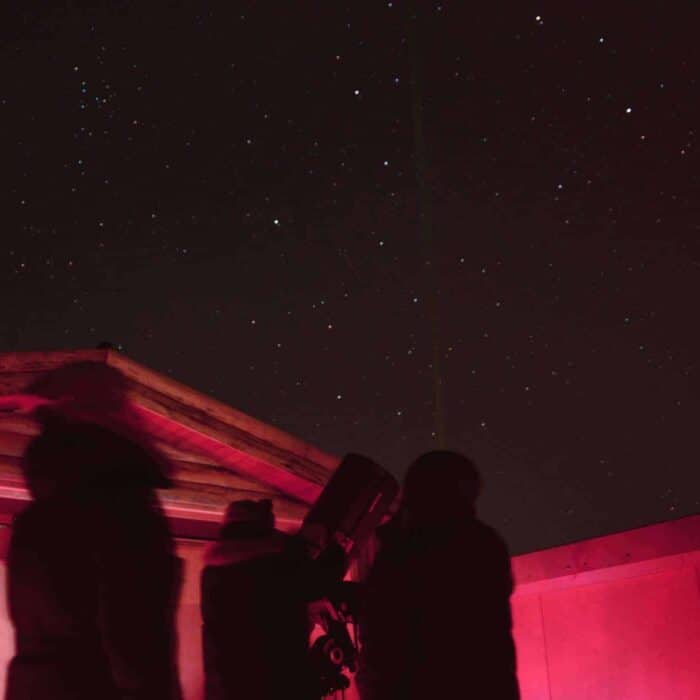Table of Contents
Keep reading for Hotel Rangá’s list of 10 fun facts about the northern lights.
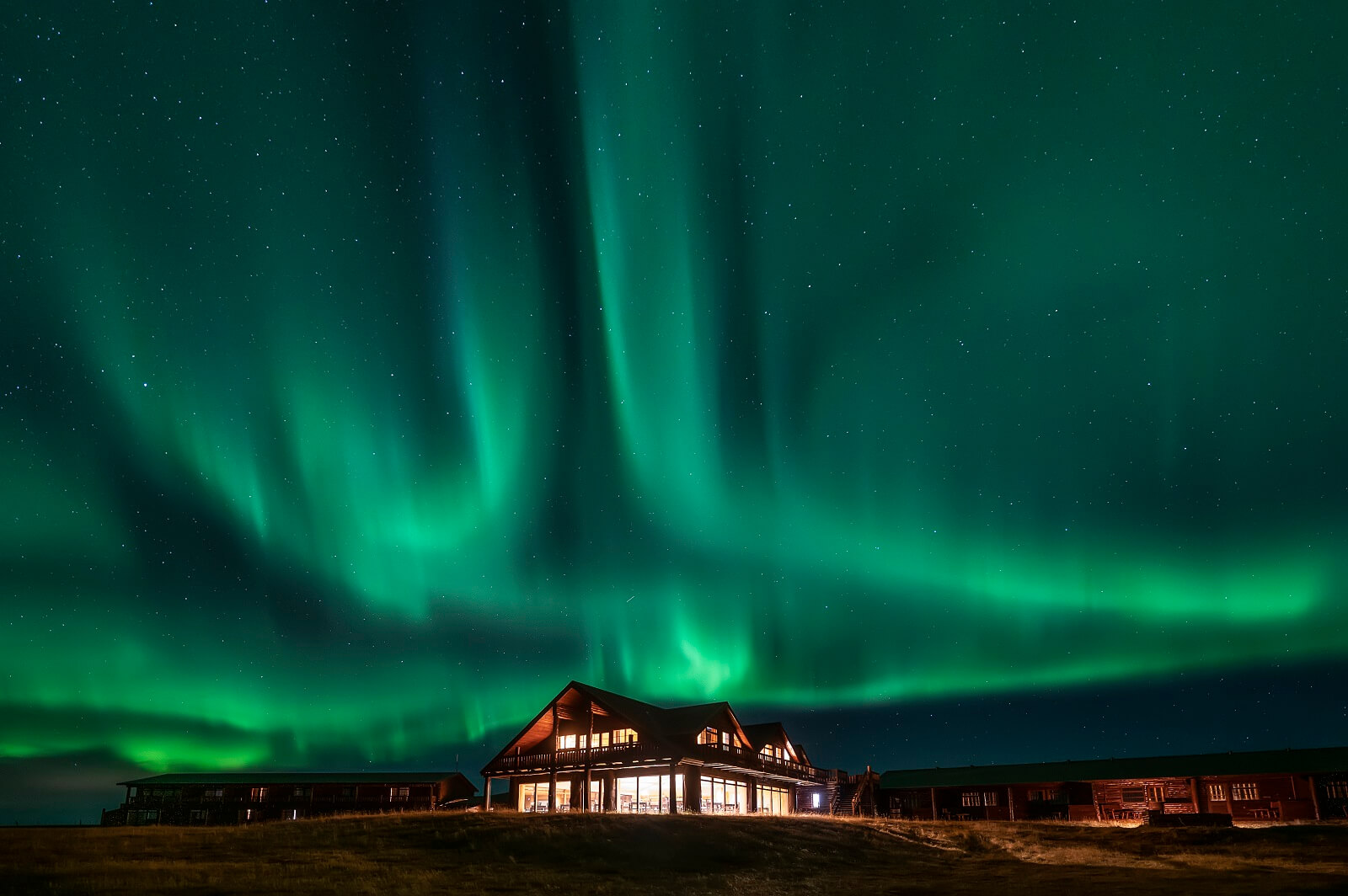
Don’t look up!
Many years ago, pregnant women in Iceland were told not to look at the northern lights. Why? For fear that their child would become cross-eyed.
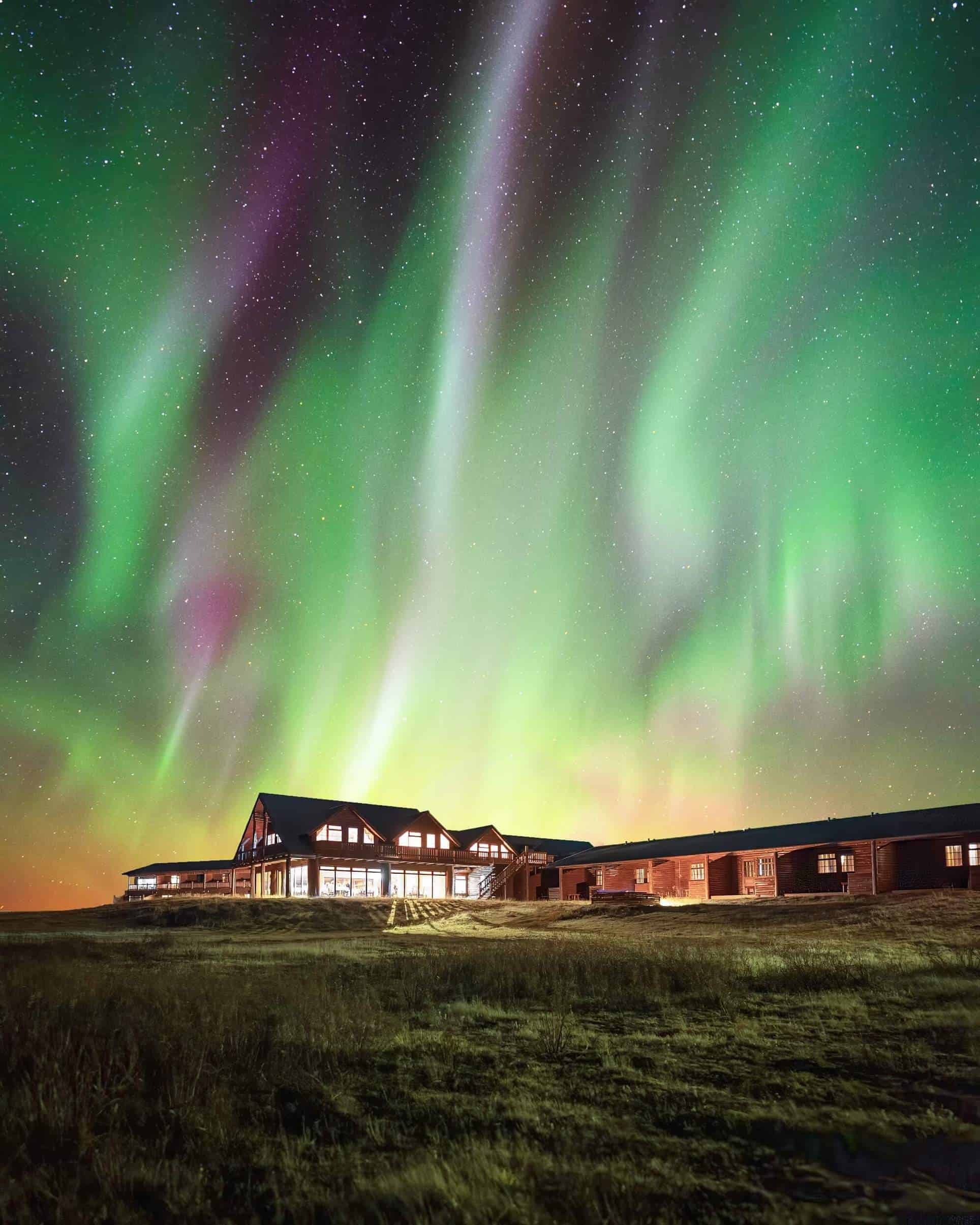
A Colorful Combination
Every northern lights display is unique. The colors change all the time, meaning you can see the lights again and again and still feel inspired.
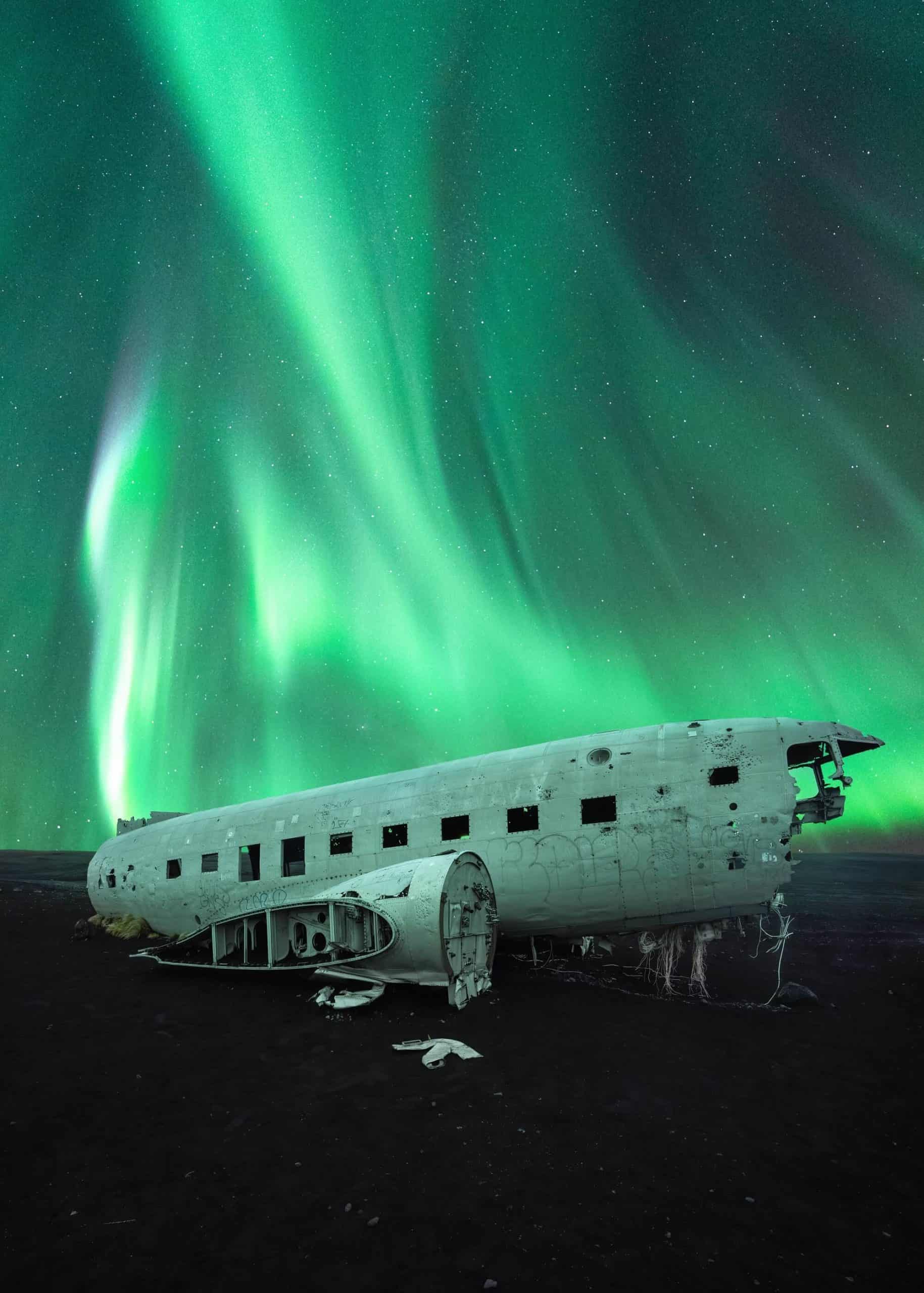
Fantastic Formations
Not only do northern lights change colors, but they can take on various shapes. As you gaze upward you might see curtains, arcs, spirals, and even coronas. The Earth’s magnetic field and the type of particles involved affect the shapes that we can see.
Around the Galaxy
Earth is not the only planet that has auroras. In fact, astronomers have seen the lights on Saturn, Uranus, Neptune and Jupiter.
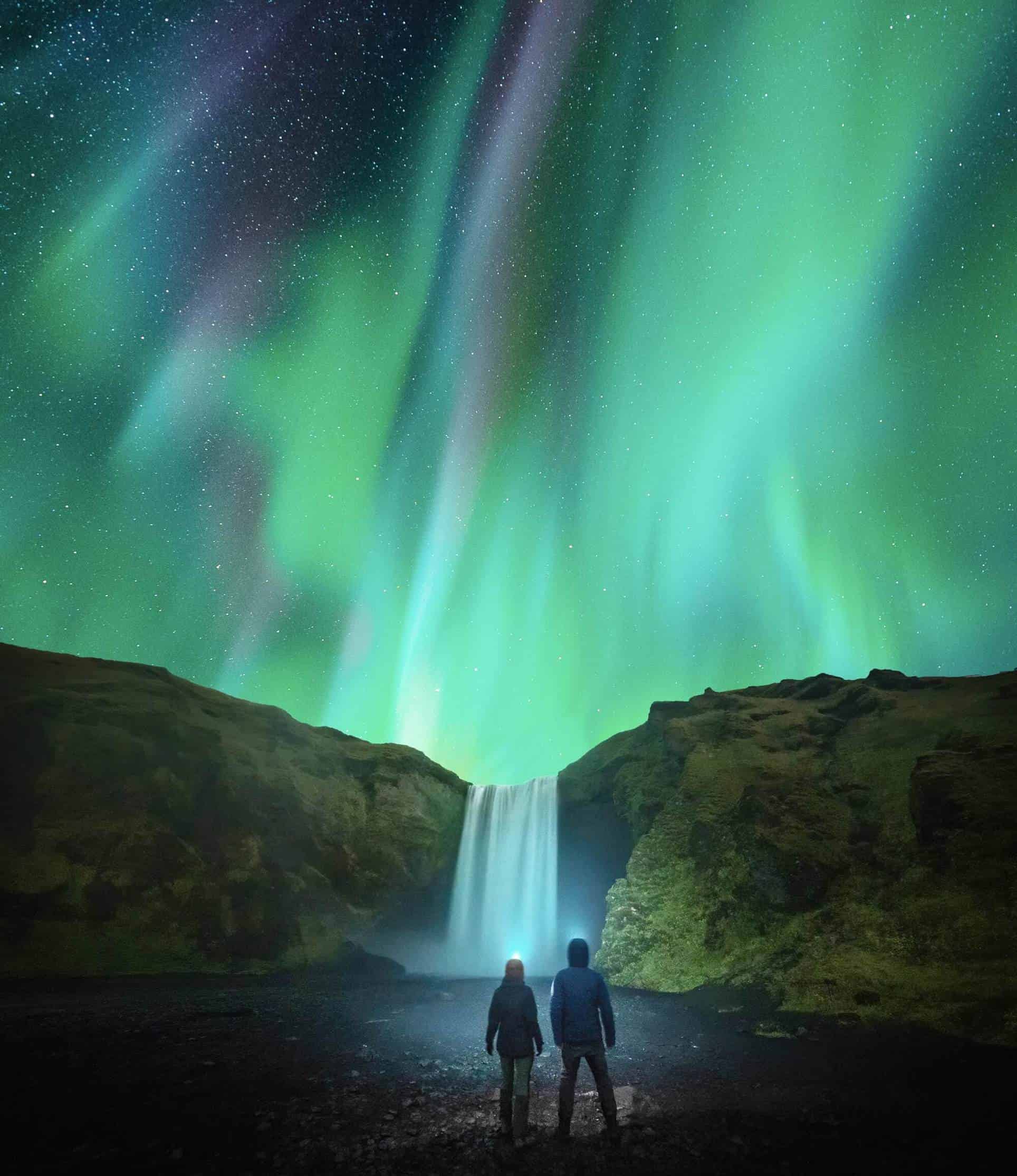
The First Photograph
Nowadays, professional photographers fly to Iceland just to take photos of the aurora. But the first photograph of the northern lights was taken on January 5, 1892 by German astronomer and physicist Otto Rudolf Martin Brendel.
A Roman Goddess
The name aurora borealis actually has Greek and Roman origins. Aurora is the goddess of the dawn and Boreas is a Greek word for the north wind.

What Does it Mean?
Cultures from around the world associate the northern lights with a variety of meanings. The British and French thought they were a bad omen whereas Scandinavians believed they foreshadowed good things.
A Fox that Makes Fire
In Finnish mythology, the northern lights were believed to be caused by a magical fox sweeping its tail across the snow. As a result, sparks were created that lit up the sky. In fact, the fox’s name is “Revontulet,” which means “Fox Fires” in Finnish.
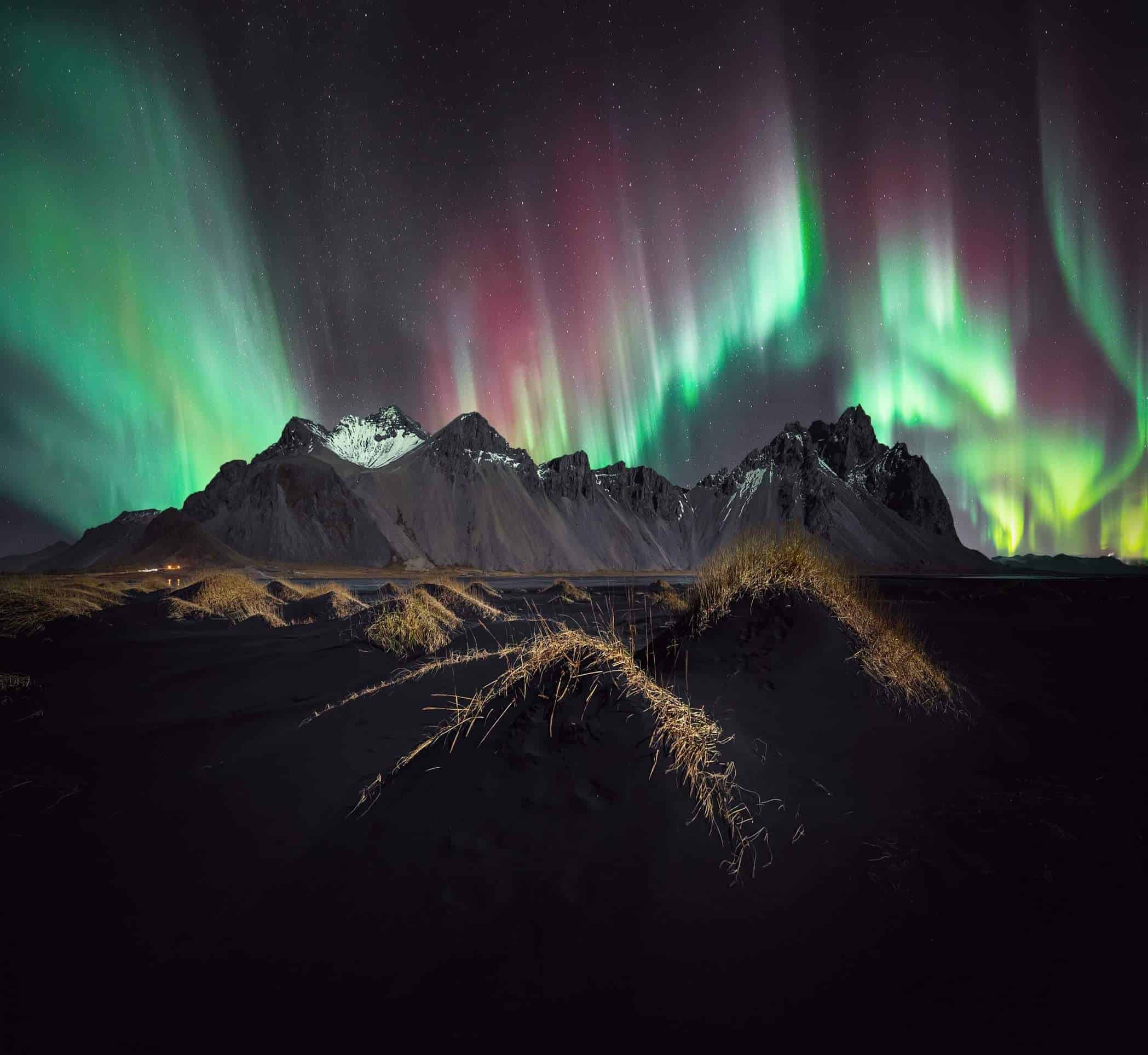
Aurora Australis
The northern lights, known as the aurora borealis, have a counterpart in the southern hemisphere. These lights are the aurora australis, which occurs near the South Pole.
A Heavenly Battle
In Russian folklore, the northern lights were sometimes seen as a heavenly battle between angels and demons. What’s more, they were also thought to be the fiery manes of horses pulling the chariots of celestial deities.

